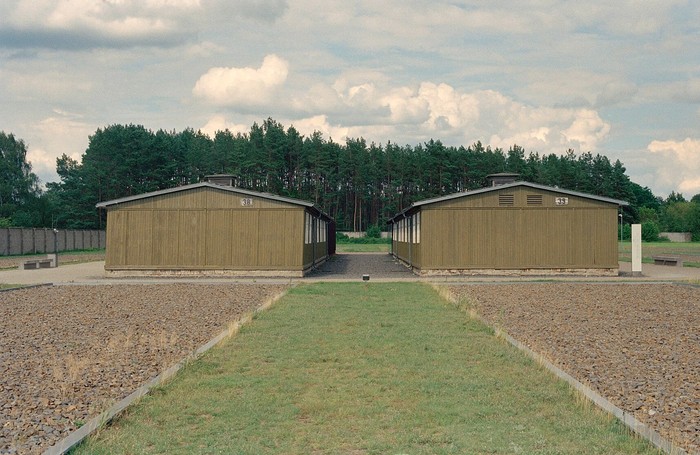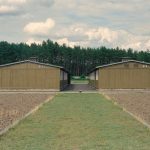The Sachsenhausen Concentration Camp Memorial near Berlin: a touching and essential visit.
The German National Socialist dictatorship led by Adolf Hitler gave rise to one of the most infamous chapters of twentieth-century history and of all of humanity. An unprecedented government of brutality, cruelty, and dehumanization, marked by repression, murder, war, and genocide.
When you visit Berlin, the ancient capital of the Third Reich, you have the opportunity to explore this terrible chapter of history in different ways. One of these, perhaps the most touching, is the visit to what was once the concentration camp of Sachsenhausen, now a museum and memorial.
A visit to the Memorial is a must if you want to explore the darker aspects of the Nazi dictatorship. You can visit independently or join one of our guided tours of the Sachsenhausen Memorial, open to all participants, which start from our meeting point at Potsdamer Platz. In both cases, the information that can be found below can be useful to broaden your knowledge.
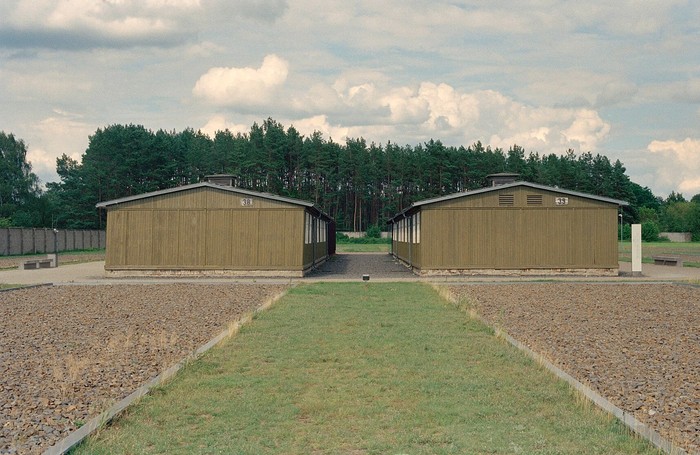
THE MEMORIAL OF THE FORMER SACHSENHAUSEN CONCENTRATION CAMP IN BERLIN
Today, the Sachsenhausen concentration camp is one of the most important reminders of the Nazi dictatorship in northern Germany. The Sachsenhausen concentration camp was built in the mid-1930s near Berlin. Since its opening and until 1950 it was used as a prison camp, first by the Nazis and, in the last five years, by the Soviets. It is located thirty kilometers north of Berlin in the Brandenburg town of Oranienburg. To get there you need to take one of the many trains leaving the capital and buy a public transport ticket valid for the ABC zone.
WHO MAY BE INTERESTED IN A VISIT TO THE SACHSENHAUSEN CONCENTRATION CAMP?
The visit to the memorial is particularly important for those interested in the history of the Second World War and, in particular, concentration camps and forced labor.
However, the memorial is not intended only for scholars and students of the subject. The visit offers historical and political insights that can serve a vast and varied public as a stimulus to reflect on the historical-social context of Nazism and compare it with contemporary society. The visit is not recommended for children, but is particularly recommended for school trips to Berlin, especially for 17- and 18-year-olds.
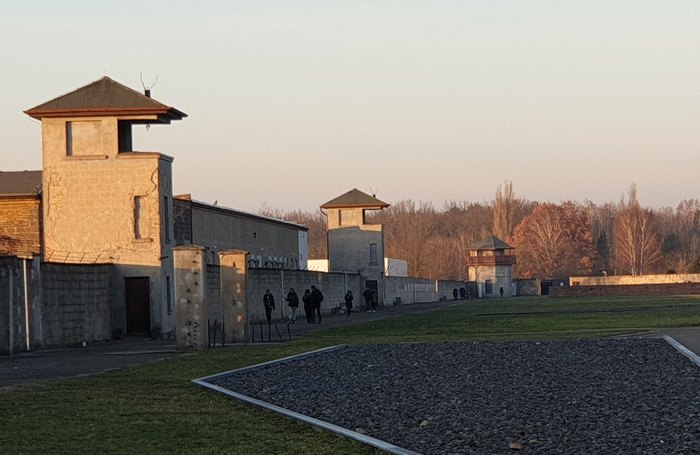
THE HISTORY OF THE SACHSENHAUSEN CONCENTRATION CAMP IN BERLIN
The first concentration camp in Oranienburg (35 km north of Berlin) was opened spontaneously and unofficially by members of the SA (Sturmabteilung) in a former brewery in the town center. In 1936 the Sachsenhausen concentration camp was officially opened, where the Memorial is now located. In 1945 the camp was occupied by Soviet troops, who used it as a prison and barracks for their soldiers until 1950.
The memorial that is currently open for visits was created in the early 1990s, in a process of memory recovery that coincided with the reunification of the country. Already in 1961, the same year as the construction of the Wall, the government of the German Democratic Republic (GDR) made efforts to memorialize the political prisoners who fell in Sachsenhausen by erecting an obelisk to their memory and restoring, albeit partially, the whole area.
Today, the memorial receives more than six hundred thousand visitors annually. People from all over the world who, during their stay in Berlin, have the opportunity to visit an authentic place of witness to the crimes of the last century.
A MODEL CONCENTRATION CAMP FOR THE SS
The Sachsenhausen camp was built in 1936 and was chosen by the SS authorities (Schutzstaffel) as a “Model Camp“. A few meters from the entrance to the camp was the Inspectorate of Concentration Camps, the headquarters of the administrative power of all Nazi camps. This was a gigantic apparatus, composed of millions of prisoners, hundreds of “branches” and thousands of guards and personnel of various kinds.
At the entrance of the camp there are models and aerial photographs that help to orient visitors in the space and the topography inside and outside the camp. Clearly demarcated are the “T” building, the headquarters of the Inspectorate, the quarters where the guards resided who were being trained in the camp, the Casino for the officers, and the industries that arose adjacent to the camp in order to use prisoners as slave labor in the factories of the Third Reich.
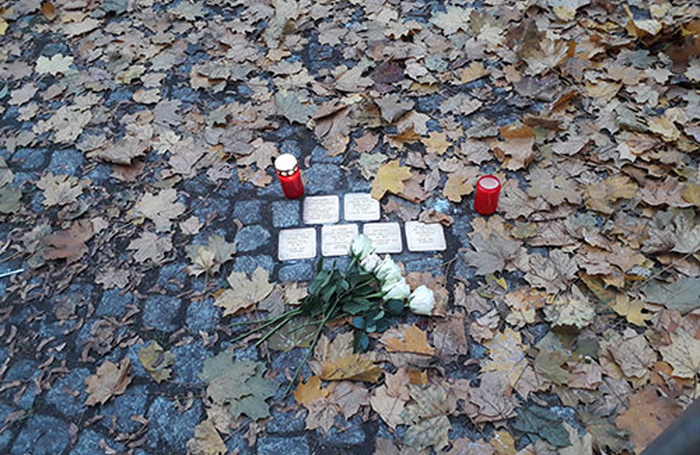
SACHSENHAUSEN CONCENTRATION CAMP: “TOWER A”
The imposing gate at Tower A acts as an access and administrative site of the camp. On the gate one can still make out the infamous phrase “Arbeit macht frei” (Work makes you free). From Tower A, one can understand the role of model camp attributed to Sachsenhausen. The first map of the field corresponds to an equilateral triangle. Tower A is located in the middle of one of the sides. The guard post, located precisely in the highest room of Tower A, allows a total view (panopticon) of the field below.
SACHSENHAUSEN CONCENTRATION CAMP: ROLL-CALL SQUARE
The Appellplatz or Roll-call Square is just past the entrance gate and right under the eye of Tower A. It is the place where prisoners were counted at the beginning and at the end of the long and tiring day of forced labor. These moments marked in a brutal way the daily life of the prisoners, who had to stand outside for hours no matter the weather. Beginning in 1939, it was also the site of public executions within the camp.
SACHSENHAUSEN CONCENTRATION CAMP: BARACKEN 38 – 39
The barracks where the prisoners were kept were wooden prefabs. Barrack 38 is located in the “Small Camp”, an additional part of the camp built in 1938. The extension of the camp was the consequence of the increase in aggression against and deportation of the Jews throughout Nazi Germany. Prisoners considered to be particularly unwanted, such as homosexuals, Roma and, indeed, Jews, were hosted in the “Small Camp”. The latter lived in Barrack 38 and the adjacent Barrack 39.
The reconstruction that can be visited today has been carried out largely with original materials and depicts the unimaginable living conditions of the hundreds who lived there. Among these is David Wildstein, the person to whom ViveBerlin Tours dedicated Stumbling Stones in Berlin.
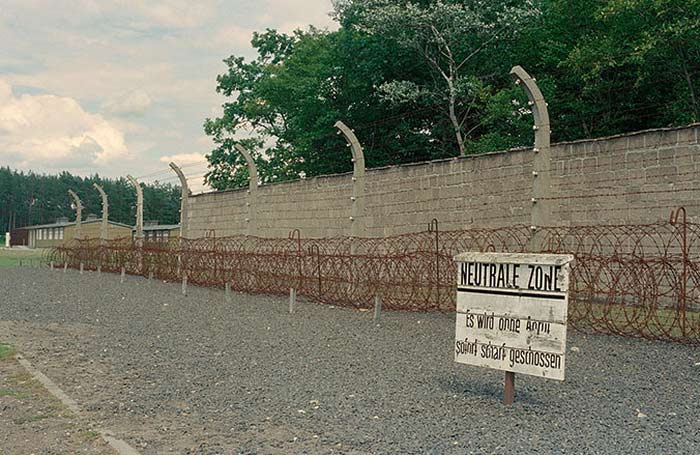
SACHSENHAUSEN CONCENTRATION CAMP: KITCHEN MUSEUM
The place that housed the camp kitchen is now a small museum containing several authentic finds, including objects of daily life in the camp, small artifacts and photographs that help to show the different aspects of life in the camp. The theme of the exhibition is the real lives of people as opposed to Nazi propaganda.
The exhibition also contains objects designed and used to punish and, at times, exterminate prisoners.
SACHSENHAUSEN CONCENTRATION CAMP: “STATION Z”
This is the name that the SS gave the sector dedicated to the mass executions of prisoners, as a logical consequence of the name given to the entrance of the camp, Tower A.
Located adjacent to the outer wall of the camp, it allowed groups of prisoners to be executed by shooting and hanging. The seclusion of the place prevented the remaining prisoners in the camp from knowing what happened, at least not exactly. This helped to maintain a relatively peaceful situation of the mass of men locked up, preventing panic and revolts.
This area also contains the notorious crematory ovens, used to dispose of corpses, and the complex containing the gas chamber and other rooms dedicated to the extermination of prisoners.
CONCLUSIONS
A visit to the Sachsenhausen concentration camp can really be an important moment when visiting Berlin. The possibility of reliving and identifying with the lives of the victims and their perpetrators is unique and touching. One of the most terrible chapters of human history is shown in its varied aspects and its horrific consequences, a useful theme for reflection on the past, present, and future of human history.

